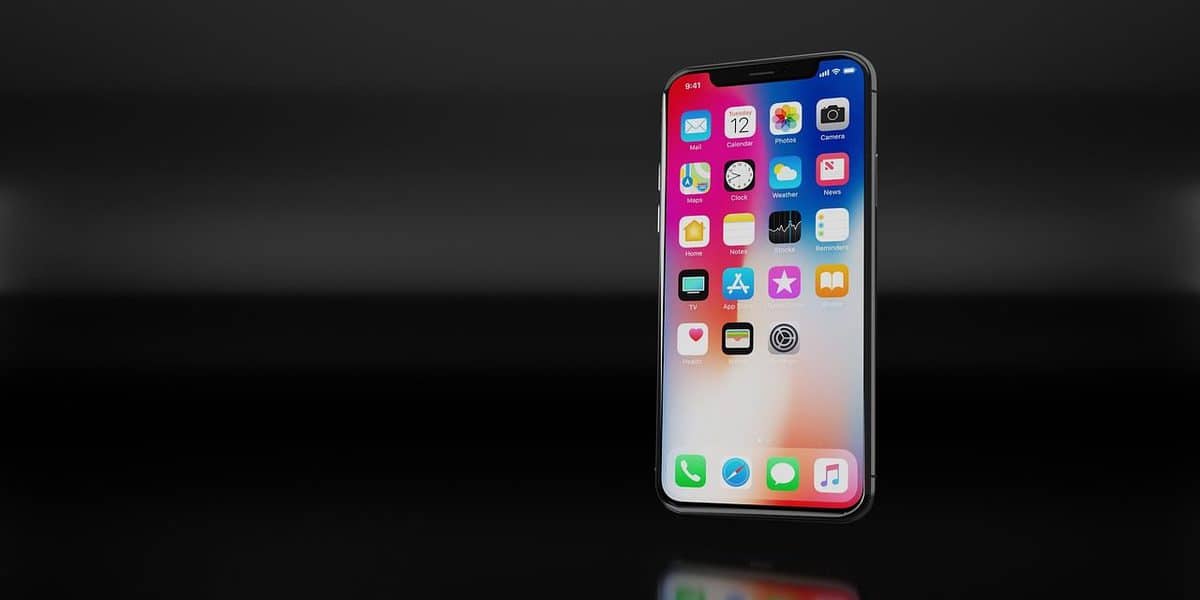
The Latest Tips for Increasing iPhone Security
Originally posted on https://mightygadget.co.uk/the-latest-tips-for-increasing-iphone-security/
Millions of people use smartphones each day, and for good reason. Mobile devices make it easy to connect with others immediately, not to mention the fact that users can manage their entire life from a tiny screen they keep in their pocket. However, having so much personal and private data in the palm of our hands means the security of that information is often at risk. Although major mobile device manufacturers like Apple have gone to great lengths to ensure security and privacy are at the forefront of each new device launch, vulnerabilities still exist.
Mobile phone users, specifically those with an iPhone, can take certain steps to safeguard their information from malicious hackers. The following tips for improving iPhone security are both easy to implement and vastly impactful when it comes to protecting data, even when the phone isn’t being actively used.
Enable Find My iPhone
The Find My iPhone feature on every mobile phone device Apple develops is an easy security measure users can take to safeguard their information. When Find My iPhone is turned on, it provides the following:
- The ability to locate a device on a map in real time
- A feature to remotely erase personal information from the device if it is lost or stolen
- Activation Lock protection
Users can set up Find My iPhone at any time, and the features included can be accessed from a user’s iCloud log-in page with their Apple ID.
Improve Passcode and Multi-Factor Authentication
Apple has come a long way in boosting security through advanced technology features, including Touch and Face ID. However, a passcode is still required for each device, as an extra level of security. Over the years, Apple has increased the number of digits required for an iPhone passcode, up from four to six. Users, though, now have the ability to improve the security of this feature by increasing the length of a passcode, or creating an alphanumeric code that includes both letters and numbers. This can be done easily through the Passcode and Security option under Settings on the device.
In addition to passcode protections, mobile phone users also have the ability to enable multi-factor authentication on both the device’s access to Apple ID and specific mobile apps. With multi-factor authentication, a unique code is sent to the user each time they log into their Apple ID or a mobile app on the device, either through text, phone call, or e-mail. Without the verification code from the authentication feature, access cannot be granted. Multi-factor authentication can be enabled through Settings on either the device itself or a specific application.
Remove Certain App Permissions
One of the less common ways hackers gain access to the data on a user’s mobile device is through malicious mobile application permissions. When downloading a new app for an iPhone, many prompt the user to allow the app to gain access to various data held on the phone, such as contacts, calendar data, or other applications. While Apple takes significant steps to ensure that mobile apps listed in the App Store are not using this information to harm consumers, there are some instances where less than reputable apps make their way through. To check the app permissions on an iPhone, head to Settings and then select the mobile app to view. From there, permissions can be revoked should a user wish to do so.
Get the Right Insurance Cover
Although there is no way to protect a mobile phone from being physically stolen, there are steps iPhone users can take above and beyond those listed above to protect their financial stake in the phone. Smartphones cost a substantial amount, and if one is stolen and cannot be recovered, the financial impact can be challenging to overcome. A finance expert from Money Pug, a website used to find the best mobile phone insurance, shares that getting the right insurance cover on a smartphone is helpful in this fight. Mobile phone insurance providers have varied coverage options based on the age of the phone, exclusions, and amount of cover, all which should be weighed against the cost. However, having some form of insurance in place can help if a smartphone is lost or stolen.
Protecting your data from bad actors is a necessary part of being a mobile device user. Fortunately, Apple has several features in place that help boost security and protect the privacy of data on your iPhone. The simple steps above are easy strategies for ensuring your data is safe, even if your phone is lost or stolen.
